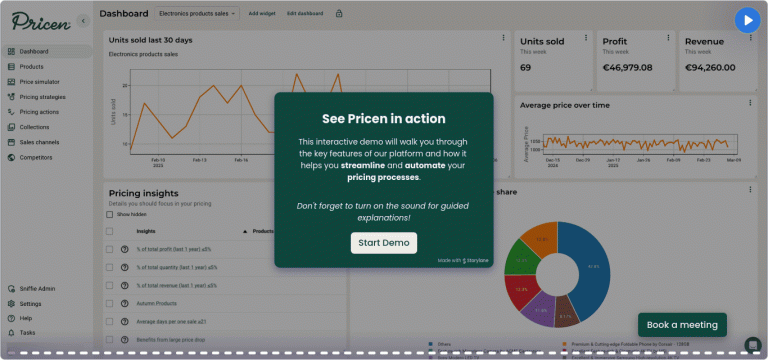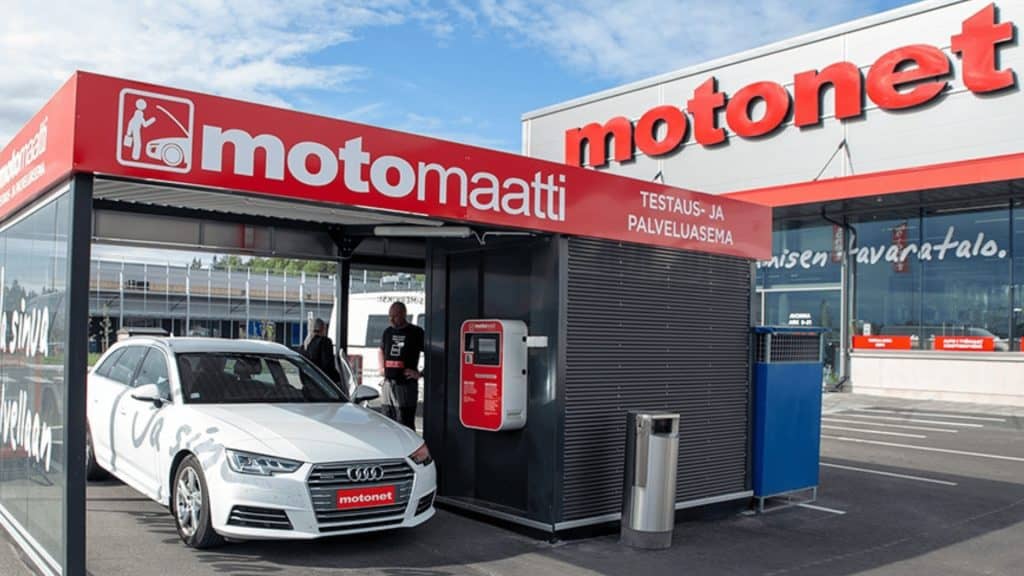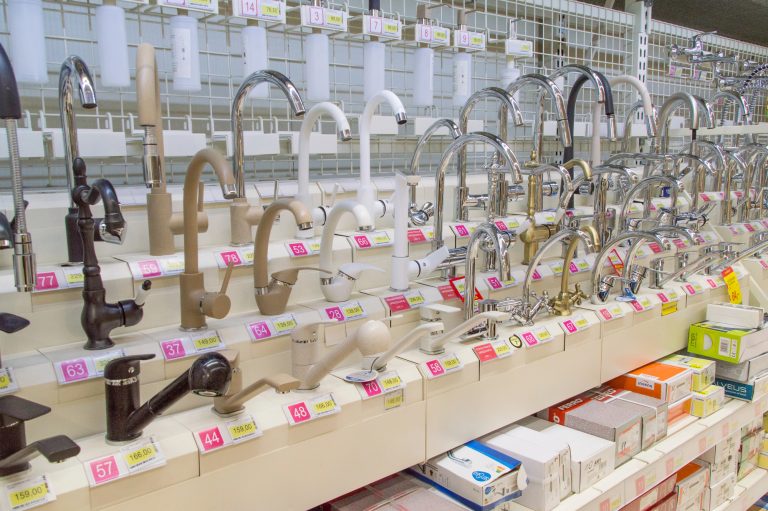Pricing in the hardware and home improvement (and DIY) industry isn’t easy. Retailers need to manage thousands of products, fierce competition, shifting seasons, and unpredictable supply chains while trying to stay profitable. If you’ve ever struggled with pricing decisions, you’re not alone.
Let’s break down six common pricing headaches and the smart ways retailers are tackling them.
1. Price competition with big-box stores and online marketplaces
Customers love to price-shop. They can pull up Amazon or Home Depot’s website in seconds to compare your prices. And since these giants buy in huge volumes, they can afford to undercut smaller and mid-sized retailers. Keeping up can feel impossible.
How to win: Dynamic pricing tools can monitor competitor prices in real-time and adjust yours automatically based on your strategy. For instance, if Home Depot drops a hammer’s price by 10%, your system can instantly lower yours by 11% while keeping your margins safe.
But it’s not always about matching prices. What can you offer that they can’t? Personalized service, exclusive products, or expert advice can set you apart.
2. Supply chain disruptions and fluctuating costs
Lumber prices spike. Shipping delays drag on. Costs seem to change overnight. If you are not constantly adjusting prices, your margins can disappear fast. Hardware retailers deal with unpredictable supply chain disruptions more than most industries, as many of their products rely on raw materials and international logistics.
How to stay ahead: AI-driven pricing tools can automatically update prices as costs shift. No more scrambling to adjust prices manually because it happens in real time, ensuring you stay profitable. Think of all the time saved!
Take a spin of Pricen with our quick, informative and fun demo.

3. Seasonal swings in demand
Hardware sales are heavily seasonal. Lawn equipment and AC units fly off the shelves in summer, while winter brings a slowdown. Snowblowers and holiday decorations see the opposite pattern. Mismanaging seasonal pricing can mean overstocked shelves, steep markdowns, or lost sales due to running out of high-demand items too soon.
The smart approach: AI-powered demand forecasting can analyze years of sales data to predict when demand will peak. Imagine knowing in advance that lawnmower sales spike in June and setting prices 15% higher during that window. Then, as demand dips in September, the system can trigger automatic markdowns to clear inventory.
In addition to AI-driven forecasting, retailers should implement seasonal promotions to drive sales before peak demand drops. Creating pre-season sales events or offering bundled discounts on related seasonal products can also help maximize revenue while keeping inventory turnover steady.
4. Complicated pricing for bundles, discounts, bulk promotions
Pricing in hardware retail isn’t as simple as tagging each item individually. Customers expect bundle deals (like a drill with extra bits), bulk discounts, and limited-time promotions. If these aren’t managed well, you could be losing money.
What works: AI-powered pricing tools can recommend the best bundle discounts and promotions to boost sales without crushing margins. They can even analyze past data to suggest which products pair best together, helping you create irresistible offers.

5. Keeping prices consistent across online and in store sales
Ever had a customer complain that your in-store price did not match your website? It happens all the time. Price mismatches frustrate shoppers and can cost you business. With customers increasingly using their phones to compare prices while shopping in-store, discrepancies can lead to lost trust and abandoned purchases.
How to fix it: Omni-channel pricing software syncs online and in-store prices, keeping them consistent. No more customer confusion or lost sales due to outdated pricing.
6. Pricing niche or low-sales products
Some products fly off the shelves. Others sit there gathering dust. Pricing those niche, slow-moving items can be tricky because there is little sales data to go on. Finding the right balance between competitive pricing and maintaining profitability is a challenge for retailers who stock specialty hardware or replacement parts that do not sell frequently.
The solution: AI-powered pricing tools analyze similar products and trends to suggest optimal prices, even for items that do not sell often. That way, you are not guessing or leaving money on the table. For example, if a specific type of hinge has low sales data but a comparable product is selling at a certain price point, AI can recommend a competitive price based on broader trends.
Retailers should also consider strategic markdown schedules for slow-moving items, bundling niche products with popular ones, and testing different price points to identify the best selling strategy over time.
Final thoughts
Pricing hardware products is complex, but technology is making it easier. AI-driven pricing software helps retailers stay (or get) competitive, adjust fast to cost changes, and optimize profits without the constant manual effort. And the best part? It does it in large scale.
If pricing has been a challenge for your business, now is the time to explore smart pricing tools. The right strategy can help you stay ahead, maximize sales, and grow your bottom line. Ready to get started? Let’s talk.
